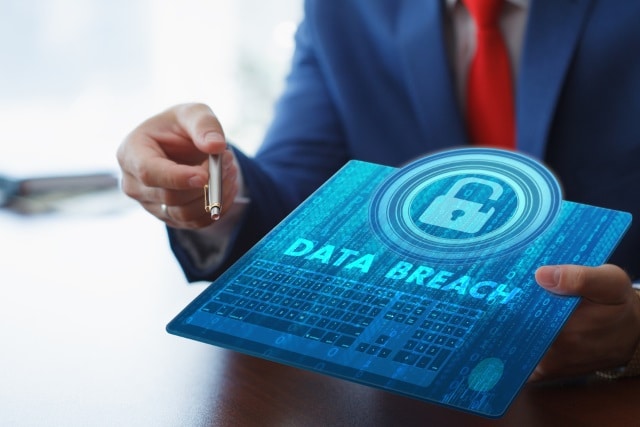
80 percent of organizations have experienced a third-party breach
Organizations are suffering from a lack of visibility into their supply chain and 8 percent experienced a breach that originated from vulnerabilities in their vendor ecosystem in the past year.
A new report from cybersecurity services company BlueVoyant, based on research carried out by Opinion Matters, shows that only 22.5 percent of organizations monitor their entire supply chain and just 32 percent re-assess and report their vendor’s cyber risk position either six-monthly or annually.

New offering aims to simplify cyber insurance for small and medium businesses
With cyberattacks increasing in volume and new types of incidents occurring, businesses need protection for everything from network intrusion to ransomware and all the things in between.
Many organizations are turning to cyber insurance to provide cover for dealing with incidents and their aftermath, but a recent report shows that many are put off by not understanding levels of exposure, amount of cover, and by cost.

Cyber attacks target video game companies and players
High volumes of attacks have targeted video game companies and players between 2018 and 2020, with an inevitable uptick in attack traffic that correlates with COVID-19-related lockdowns.
A new report from Akamai shows that game players themselves are subjected to a steady barrage of criminal activity, largely through credential stuffing and phishing attacks.

Analysis of attacks reveals the top threats to cloud computing
Moving systems to the cloud offers many benefits for organizations, but it also opens up a new range of threats.
The Cloud Security Alliance has released a new report looking at case study analyses of recent attacks and data breaches to promote understanding of how attacks work and how they can be successfully mitigated.

Cyberwarfare could be an imminent threat to organizations
Cyberwarfare is a threat to their organization according to 71 percent of CISO, yet just over a fifth (22 percent) admit to not having a strategy in place to deal with this risk.
However, Bitdefender's latest global study shows that the threat is being taken seriously, with 51 percent and 48 percent respectively stating that they believe they will need a strategy against cyberwarfare in the next 12-18 months.

Cybersecurity pros use their own free time to update their skills
By 2021, it's estimated that more than four million job openings in cybersecurity will be unfilled. Cybersecurity career development platform Cybrary has conducted a skills gap survey of more than 800 security and IT professionals in order to understand growing skills gap.
Among key findings are that 68 percent of respondents say they have to invest their own free time -- either before and after work (48 percent) or at weekends (20 percent) -- to improve their cyber skills.
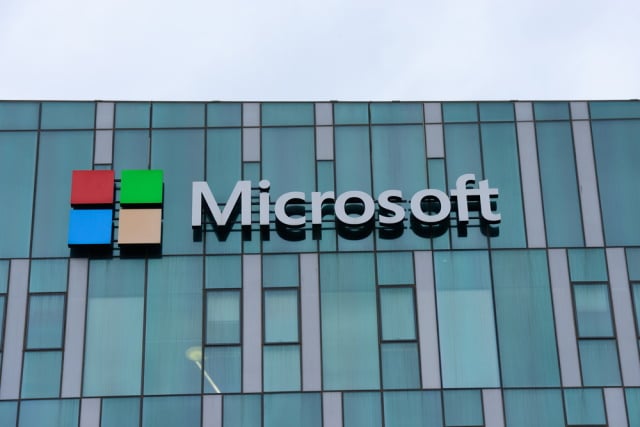
CISA issues emergency warning over critical Windows vulnerability
Cybersecurity and Infrastructure Security Agency (CISA) has taken the extraordinary steps of issuing an emergency alert about a critical vulnerability in Windows.
CISA issued the warning to government departments, saying it "has determined that this vulnerability poses an unacceptable risk to the Federal Civilian Executive Branch and requires an immediate and emergency action". With Emergency Directive 20-04, the CISA requires agencies to install the August 2020 Security Update to mitigate against a vulnerability in Microsoft Windows Netlogon Remote Protocol.

85 percent of CISOs admit sacrificing security to enable remote working
While the pandemic has driven a shift to remote working, a new report from cyber security vendor Netwrix shows that that 85 percent of CISOs admit they've sacrificed cybersecurity to enable it to happen.
One in four organizations feels that they are exposed to more risks than before the pandemic. Of these, 63 percent report an increase in the frequency of cyberattacks and 60 percent have found new security gaps as a result of the transition to remote work.

Indian cybersecurity market set to hit $3 billion by 2022 but tech-savvy youngsters turn to crime
A new report shows that India is increasing its cyber capabilities and becoming a growing cyber powerhouse with its cybersecurity market expected to rise from $1.97 billion in 2019 to over $3 billion by 2022.
But the study from threat intelligence platform IntSights also shows that the country has a growing cybercriminal underground. A young, tech-savvy population with limited access to careers in the domestic tech sector is at risk of being lured into cybercriminal activities to provide for their families.

Securing privileged access can reduce the risk of data breach [Q&A]
Accounts that have privileged access are a problem when it comes to data breaches, so securing them effectively is essential.
But things are complicated by the fact that where privileged access was once designated only for system administrators it has now been expanded to HR, finance, legal and many more parts of the organization, as well as to non-human users like machines and applications.
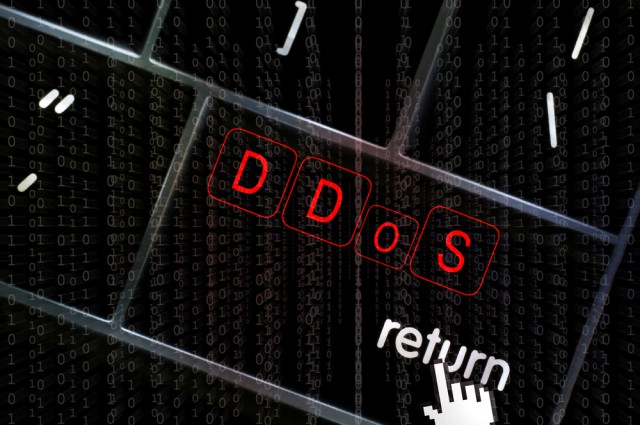
DDoS attacks increase more than 500 percent over last year
The second quarter of 2020 has seen a massive 570 percent increase in 'bit-and-piece' DDoS attacks compared to the same period last year, according to the latest threat report from Nexusguard.
Bit-and-piece attacks target ASN-level communication service provider (CSP) networks by dispersing small pieces of junk traffic across a diverse pool of IP addresses across hundreds of IP prefixes.
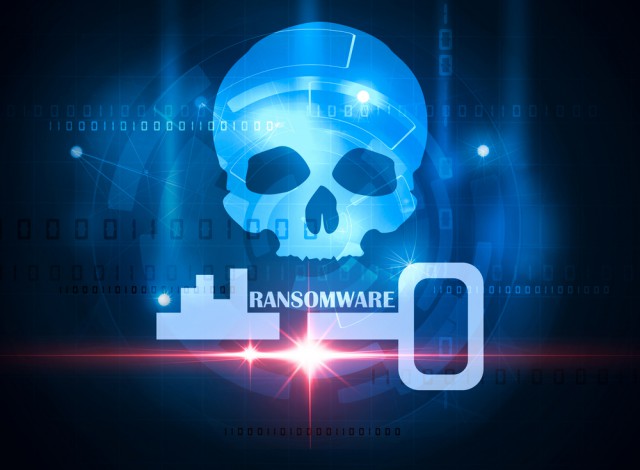
Free tool helps security professionals improve ransomware defenses
Ransomware is a persistent problem, with cybercriminals always looking for new ways to evade detection and infect systems. Attacks have increased 20 percent in the first half of this year.
Endpoint detection and response company Nyotron is launching a new, free online tool called Ransomwiz that allows allows security professionals to check their defenses by generating actual ransomware samples using a variety of real-world attack techniques.
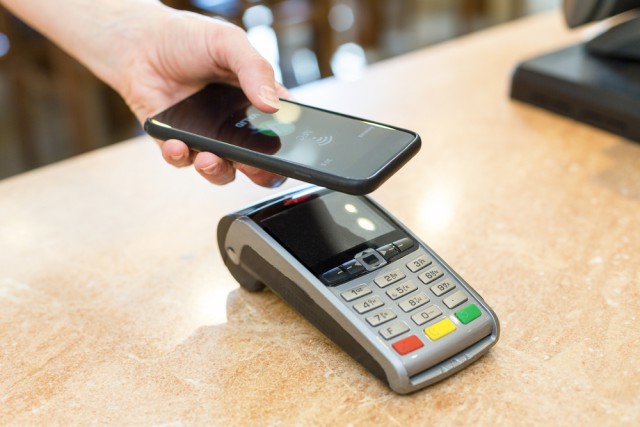
How extra demand for cashless payment services is changing the banking world [Q&A]
One of the side effects of the COVID-19 pandemic has been a marked reduction in the use of cash as people have shifted to using cashless and contactless payment methods.
This has put increased pressure on financial institutions to offer digital services, but it’s also shone a spotlight on the measures needed to prevent fraud and on initiatives to integrate cryptocurrency into everyday transactions.

Public-private collaboration could help protect government systems from cyber threats
More than 80 percent of government cyber security leaders think public-private collaboration would help them keep pace with cyber threats, according to a new report.
The study from Nominet of government agencies in the UK, US and the Middle East, also shows that 65 percent of respondents think their pace of change is too slow in comparison to enterprises and 81 percent believe that a slow pace of change can negatively impact national cyber defense.

Cybercriminals seek to capitalize on COVID-19
Starting in March and continuing through most of the spring, there has been a significant increase in malicious emails utilizing various COVID-19 issues as a lure to manipulate users into exposing themselves to various email attacks and scams.
The latest Attack Landscape report from F-Secure shows COVID-related emails range from attempting to trick users into ordering face masks from phony websites to infecting themselves with malware by opening malicious attachments.
